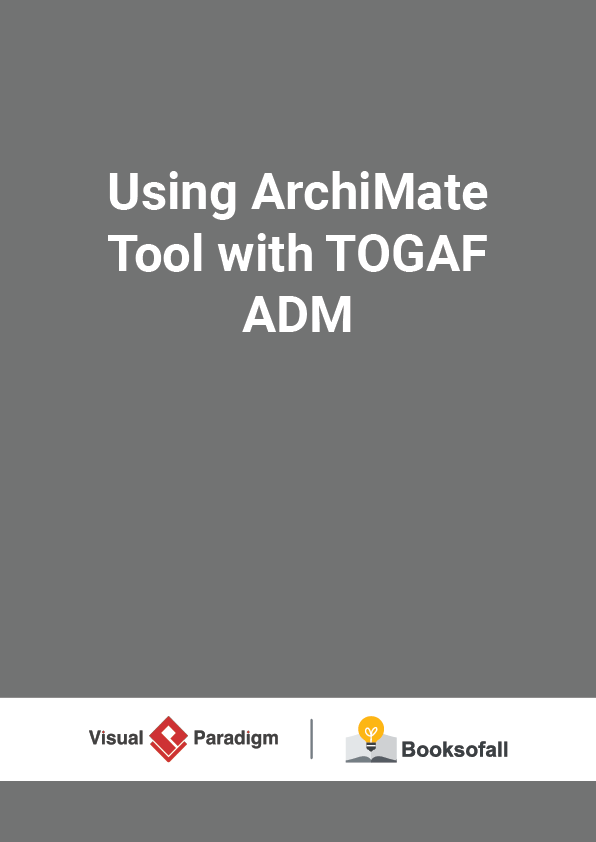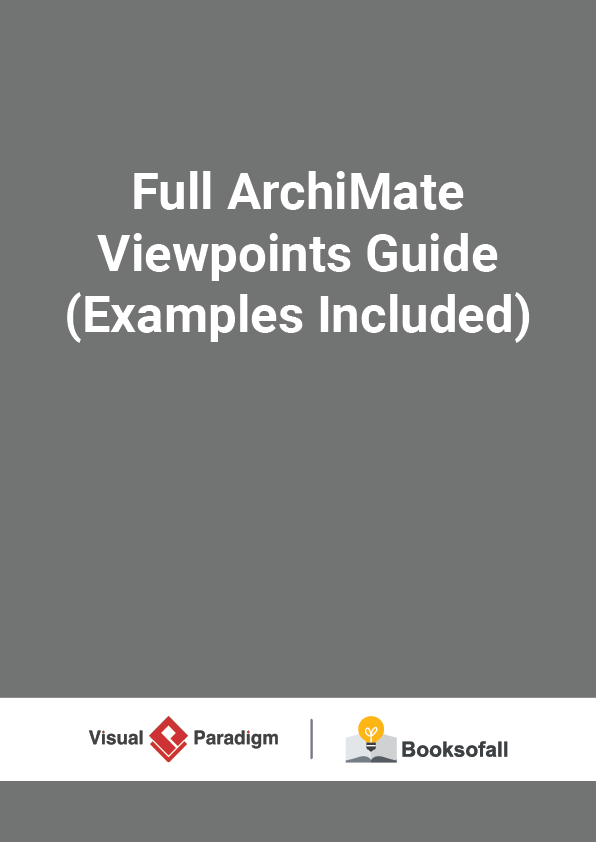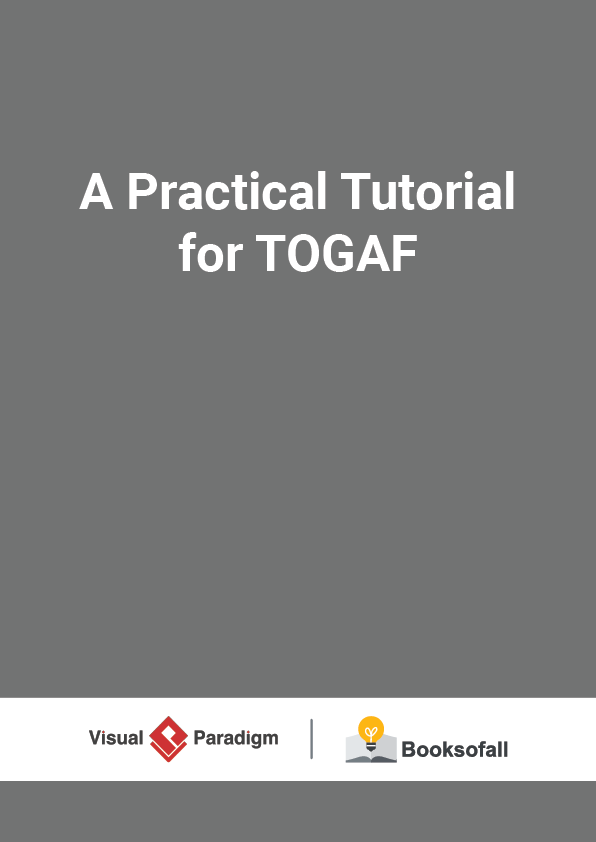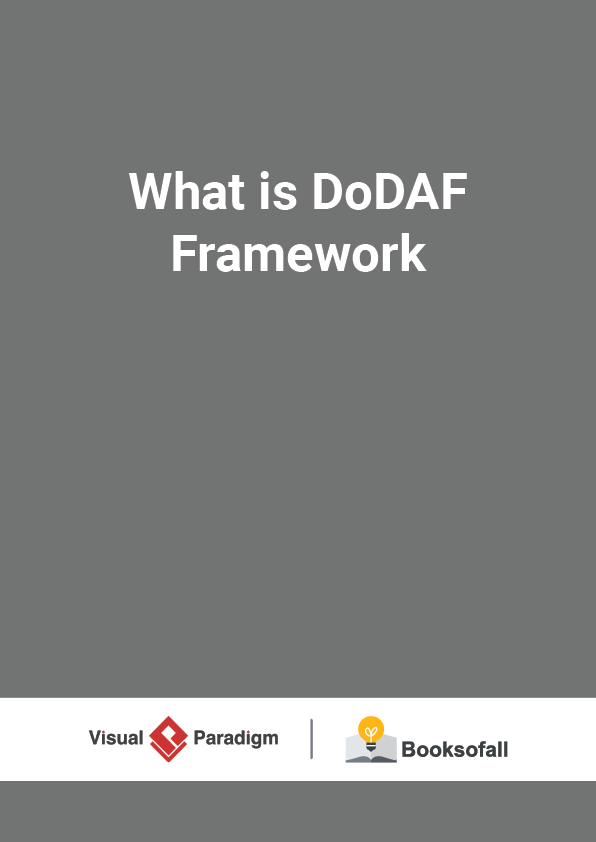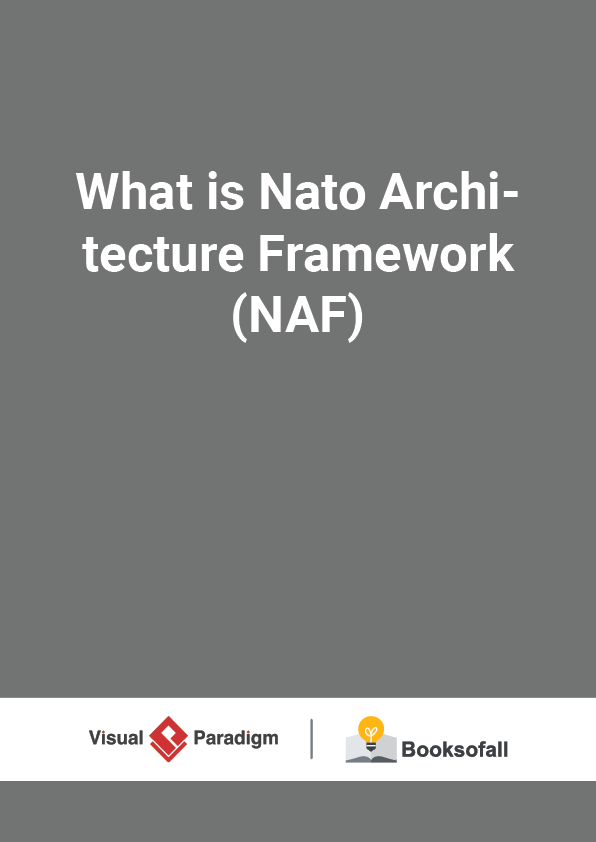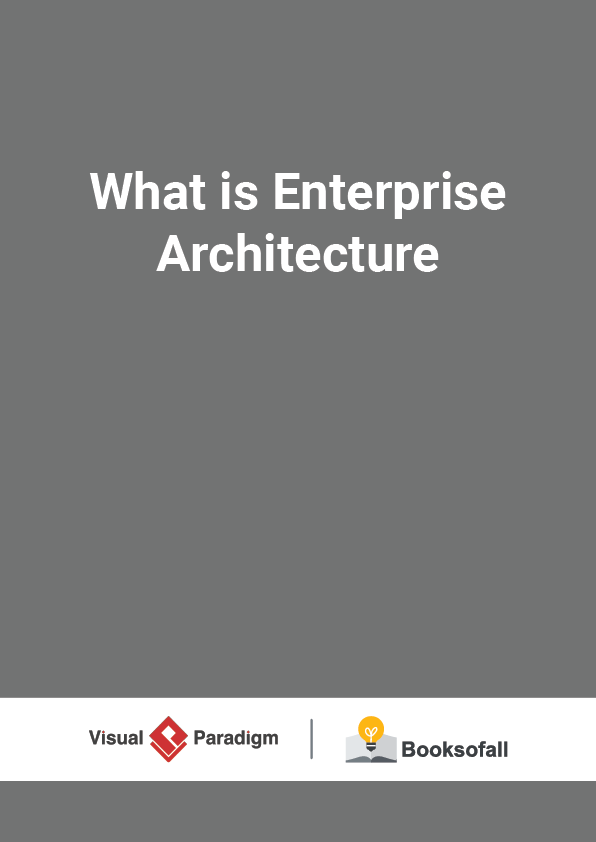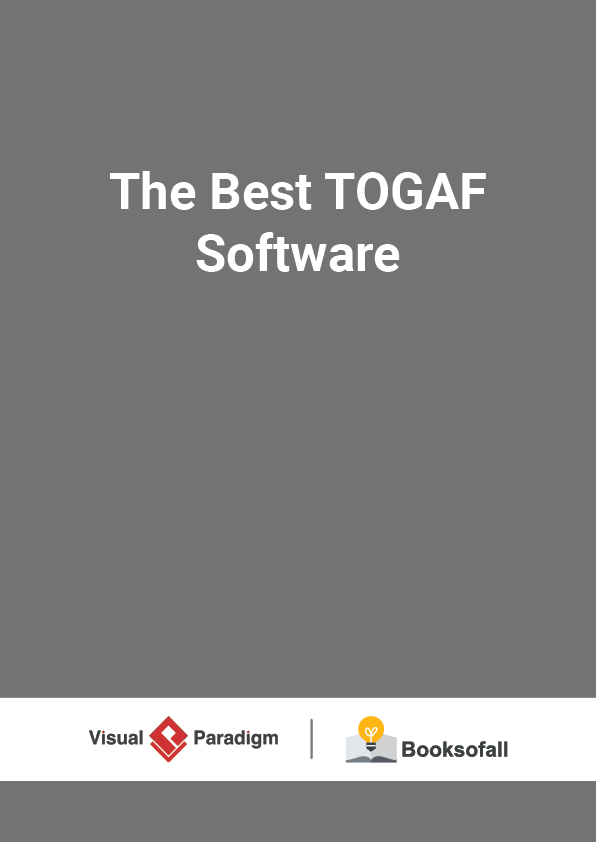What is Unified Architecture Framework
5-6 minutes
The Unified Architecture Framework (UAF) is based on UPDM 3.0 and the UML/SysMLin military communities. Value propositions are to develop standardized and consistent enterprise architectures based on the U.S. Department of Defense Architecture Framework (DoDAF) and the UK Ministry of Defence Architecture Framework (MODAF)and as well as the NAF (NATO Architecture Framework). UAF defines ways of representing an enterprise architecture that enables stakeholders to focus on specific areas of interest in the enterprise while retaining sight of the big picture.
UAF meets the specific business, operational and systems-of-systems integration needs of commercial and industrial enterprises as well as the most current version of:
- S. Department of Defense Architecture Framework (DoDAF)
- UK Ministry of Defence Architecture Framework (MODAF)
- North Atlantic Treaty Organization Architecture Framework (NAF)
What is UPDM?
The Unified Profile for DoDAF/MODAF (UPDM) is a UML Profile (customization package) that provides a consistent, standardized means to describe DoDAF, MODAF and NAF architectures in UML-based tools as well as a standard for interchange.
- UPDM is neither a new Architectural Framework nor a methodology or process
- UPDM, like DoDAF, MODAF and NAF is also process-agnostic
- UPDM provides a common meta-model within which MODAF, DoDAF and NAF architectures can be developed and interchange can be realized between tools developed by different UPDM tool vendors.
UPDM is based on OMG’s Unified Modeling Language (UML) 2.0, Systems Modeling Language (SysML), and Service-Oriented Architecture Modeling Language (SOAML),ensuring widespread implementation by multiple tool vendors. Although DoDAF and MODAF were initially developed for the military domain, the Enterprise Architecture issues they address are equally applicable to many general business and public service systems. Therefore, UPDM is also finding widespread use amongst companies and government organizations that implement DoDAF and MODAF.
The goals of UPDM are to significantly enhance the quality, productivity, and effectiveness associated with enterprise and system of systems architecture modeling, promote architecture model reuse and maintainability, improve tool interoperability and communications between stakeholders, and reduce training impacts due to different tool implementations and semantics.
Mapping of EA Frameworks / UPDM 3.0 and / UAF1.0
In March 2008, the UPDM Group was re-formed by members of INCOSE and the OMG to create the Unified Profile for DoDAF and MODAF (UPDM) using UML/SysML. Members of the UPDM Group were tool vendors, members of industry and representatives from the US DoD, British MOD, NATO, Canadian and Swedish armed forces. The Figure shows below the evolution and relationships between DoDAF, MODAF, DNDAF, and NAF.
The motivation of UAF?
UAF architecture models provide a means to develop an understanding of the complex systems and the relationships that exist between organizations, systems, and systems-of-systems and enable the analysis of these systems to ensure that they meet the expectations of the user community.
- produce standard DoDAF/MODAF/NAF products as well as commercial extensions leverage cross-industry, standards-based approaches (e.g., MDA, UML, SysML) to enhance tool and architecture data interoperability
- MDA foundation enables
- UAF to evolve with DoDAF v2 and beyond (i.e, security, human factors)
- UAF is methodology-agnostic (structured, OO, etc.) UAF provides a set of rules to enable users to create consistent enterprise architectures (as models) based on generic enterprise and system concepts with rich semantics. These models then become the repositories from which various views can be extracted.
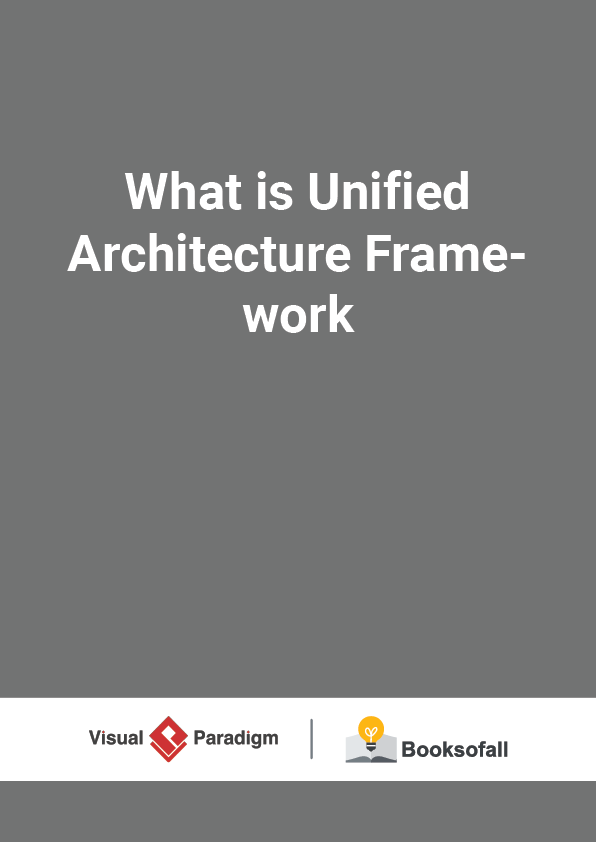



![ArchiMate 3 Update [Quick Walkthrough]](https://www.booksofall.com/wp-content/uploads/2022/06/ArchiMate-3-Update-Quick-Walkthrough-04.png)
